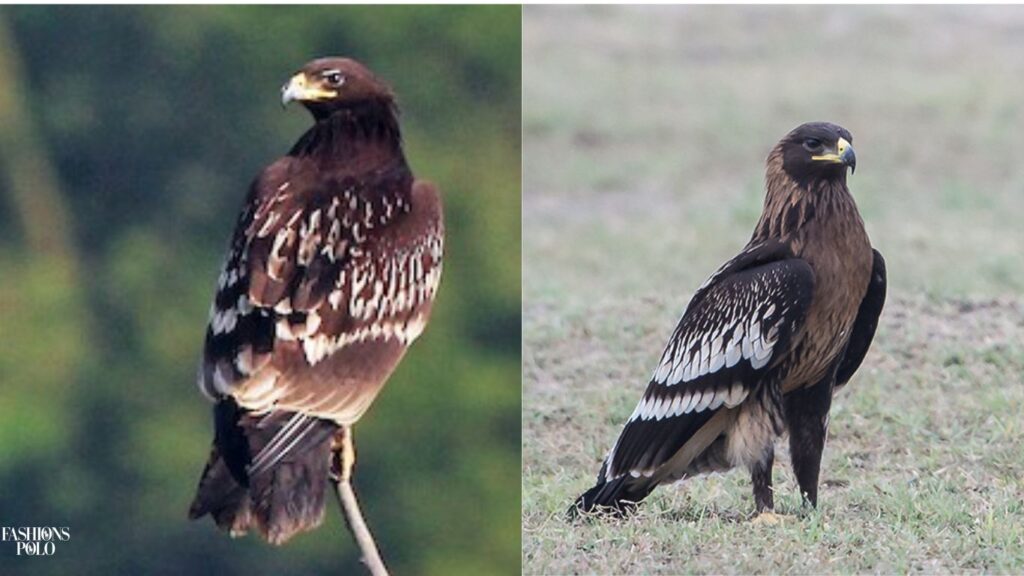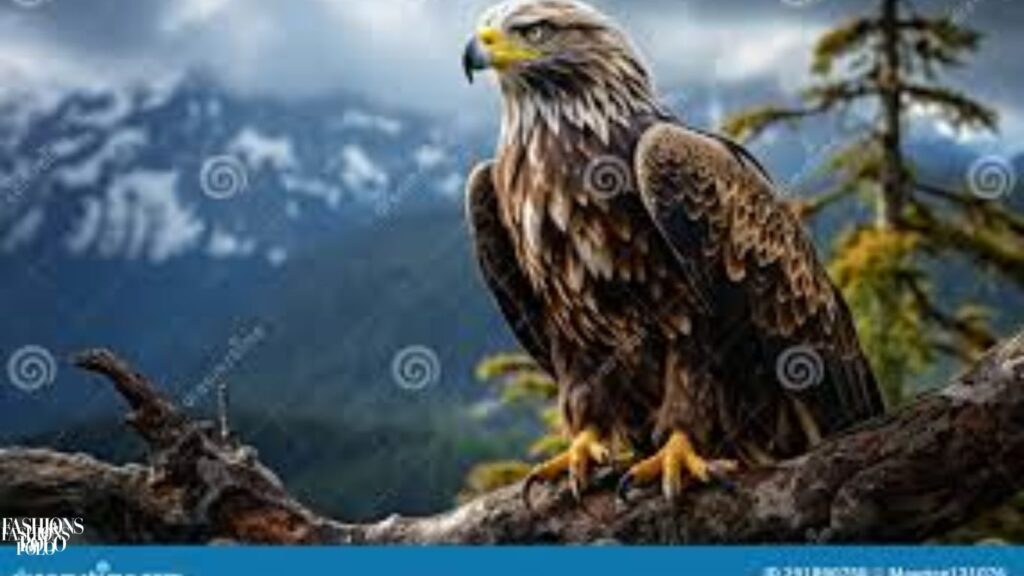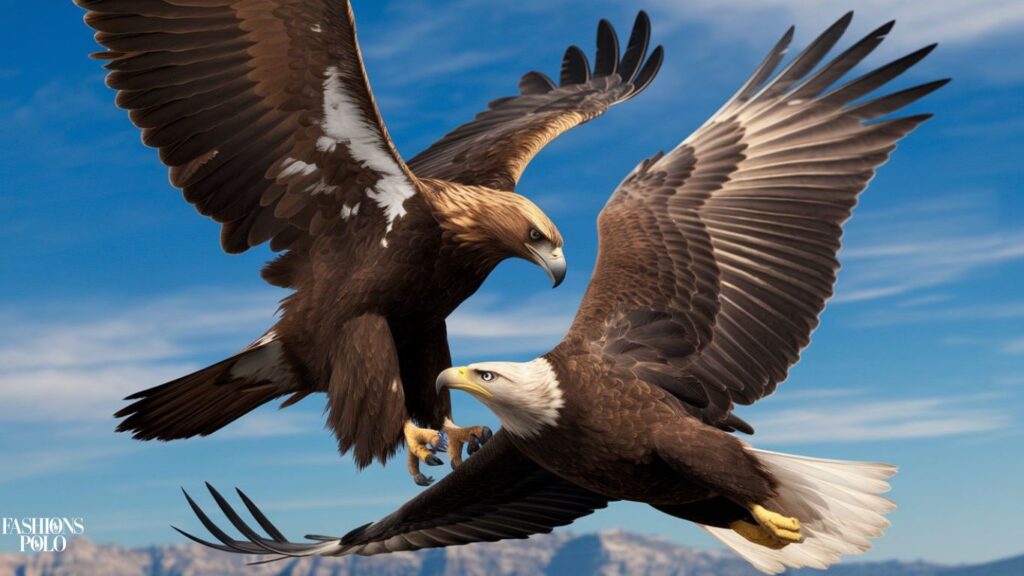Eagles are powerful birds of prey. They rule the skies of Europe. These raptors have keen eyesight and strong talons. They play vital roles in ecosystems. European eagles come in various species. Each has unique traits and behaviors.
The Diverse Eagles of Europe
Europe hosts several eagle species. Each is adapted to different habitats. Some are widespread. Others are rare or endangered. Let’s explore the main European eagle species.
European Golden Eagle
The Golden Eagle is iconic. It’s found across Europe. This eagle has a golden-brown plumage. Its wingspan reaches up to 2.3 meters. Golden Eagles prefer mountainous areas. They hunt small mammals and birds.
Booted Eagle
Booted Eagles are smaller raptors. They have two color morphs: light and dark. These eagles are migratory. They spend winters in Africa. Booted Eagles are agile hunters. They catch birds in mid-air.
White-tailed Eagle
Also called the sea eagle. It’s one of Europe’s largest birds of prey. White-tailed Eagles have a distinctive white tail. They’re often found near water bodies. These eagles feed on fish and waterfowl.
Bonelli’s Eagle
Bonelli’s Eagle is medium-sized. It’s found in southern Europe. This species prefers warm, rocky habitats. They hunt birds and mammals. Bonelli’s Eagles are skilled aerial hunters.
Read Also This : Robert Shriver’s Net Worth and Income Sources: Revealed
Greater Spotted Eagle

This eagle is dark brown. It has white spots on its wings. Greater Spotted Eagles are wetland specialists. They’re endangered in Europe. Conservation efforts are ongoing.
Eastern Imperial Eagle
Eastern Imperial Eagles are large and powerful. They have a dark brown body. Their shoulders and head are lighter. These eagles inhabit open landscapes. They’re vulnerable to habitat loss.
Lesser Spotted Eagle
Smaller than its greater counterpart. Lesser Spotted Eagles are migratory. They breed in eastern Europe. These eagles winter in Africa. They hunt in grasslands and wetlands.
Spanish Imperial Eagle
This species is endemic to Spain. It’s one of the world’s rarest eagles. Spanish Imperial Eagles have dark plumage. They have white shoulder patches. Conservation efforts have helped their recovery.
Short-toed Eagle
Also called snake eagles. They specialize in hunting reptiles. Short-toed Eagles have pale undersides. They hover while hunting. These eagles migrate to Africa in winter.
Steppe Eagle
Steppe Eagles breed in eastern Europe. They’re long-distance migrants. These eagles winter in Africa and India. They prefer open habitats. Steppe Eagles often scavenge.
Osprey
Ospreys are sometimes classified separately. They’re fish-eating raptors. Ospreys have specialized talons for catching fish. They’re found near water bodies across Europe.
Eagle Conservation in Europe
European eagles face threats. Habitat loss is a major concern. Poisoning and electrocution also pose risks. Conservation efforts are crucial. Many countries have protection laws. Reintroduction programs exist for some species.
| Threat | Impact | Conservation Action |
| Habitat Loss | Reduces nesting and hunting grounds | Habitat protection and restoration |
| Poisoning | Accidental and intentional poisoning | Stricter regulations on pesticides |
| Electrocution | Deaths from power lines | Bird-friendly power line designs |
| Hunting | Illegal hunting of eagles | Enhanced law enforcement |
| Climate Change | Alters prey availability and habitats | Long-term ecological monitoring |
Eagle Watching in Europe

Eagle watching is popular. Many enthusiasts travel to see eagles. Birdwatching tours are available. Popular spots include:
- Scottish Highlands (Golden Eagles)
- Polish forests (White-tailed Eagles)
- Spanish mountains (Spanish Imperial Eagles)
- Greek islands (Bonelli’s Eagles)
Responsible watching is important. Observers should maintain distance. They shouldn’t disturb nesting sites. Binoculars and spotting scopes help. Local guides offer expertise.
The Role of Eagles in Ecosystems
Eagles are apex predators. They help control prey populations. Eagles also indicate ecosystem health. Their presence shows biodiversity. They’re part of complex food webs. Eagles even help in seed dispersal.
Eagle Adaptations
Eagles have amazing adaptations. Their eyesight is exceptional. They can spot prey from great heights. Eagles have powerful beaks. These tear flesh easily. Their talons are sharp. They grip prey securely.
Read Also This : J’amore Love Net Worth: A Deep Dive into the Rising Star’s Fortune
Eagles’ feathers are designed for flight. They have hollow bones. This makes them lighter. Eagles can soar for hours. They use thermals to conserve energy.
Cultural Significance of Eagles
Eagles hold cultural importance. They symbolize power and freedom. Many countries use eagle emblems. Eagles appear in folklore and myths. They’re revered in some religions. Eagles inspire art and literature.
Research and Study
Scientists study European eagles. They use tracking devices. These reveal migration patterns. Researchers monitor breeding success. They study eagle diets. This research aids conservation efforts. It helps understand ecosystem dynamics.
Frequently Asked Question
Are there bald eagles in Europe?
No, Bald Eagles are native to North America. They’re not found naturally in Europe.
What’s the largest eagle in Europe?
The White-tailed Eagle is Europe’s largest eagle species.
Do all European eagles migrate?
Not all. Some species are migratory, while others are resident year-round.
How long do eagles live?
In the wild, eagles can live 20-30 years, depending on the species.
Are eagles endangered in Europe?
Some species are endangered, while others have stable populations. Conservation status varies.
Conclusion
European eagles are magnificent creatures. They face challenges but also benefit from conservation. These raptors play crucial ecological roles. They inspire awe in humans.
Protecting eagles means preserving biodiversity. It ensures future generations can admire these majestic birds. European eagles remind us of nature’s power and beauty.

Brook with 5 years in celebrity styling. Transforms A-list looks into wearable trends.
Expert in red carpet glamour and everyday chic for the stars.





